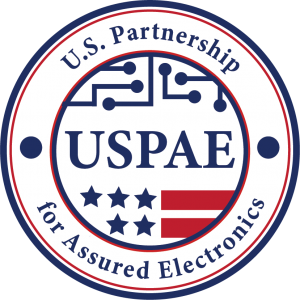IDENTIFY
IDENTIFY
The DEC identifies challenges, needs, and opportunities in defense electronics, a key element of our nation’s asymmetric warfare advantage.
COLLABORATE
The DEC is a team of trusted partners in industry and academia, including small and medium-sized innovators, collaborating to tackle numerous defense electronics challenges and innovations
DEPLOY
Prototype projects selected by the DoD to fund through the DEC under the authority of the Cornerstone OTA may receive follow on production awards without further competition, under the authority of the OTA enabling legislation.
Our Mission
The mission of the DEC is to strengthen the economic and force posture of the U.S. defense electronics industrial base and provide the DoD with deeper insights and connections to the U.S. electronics industry while providing industry with greater access to DoD opportunities.
The complexity of the challenge requires a diverse, multi-disciplined team of:

Advanced material scientists

Component manufacturers

Defense systems integrators

Academic laboratory technologists

Electronics manufacturing experts
with access to research labs, manufacturing facilities, and test environments.




The U.S. Partnership for Assured Electronics has received a $42 million award from the U.S. Department of Defense (DoD) to establish and manage the Defense Electronics Consortium (DEC) and to deliver its first project, the Lead-free Defense Initiative. The DEC provides direct links between the electronics industry and the DoD. Through funded projects and a variety of programs such as conferences, networking events, and white papers, the DEC is working to bolster the security and resiliency of the defense electronics supply chain.
WHO CAN JOIN
The DEC is open to all organizations in the electronics industry. A key benefit of the DEC is that it gives the DoD and other government agencies access to small- and medium-sized innovators that do not typically do business with the government.
- Small & medium-sized innovators
- Non-traditionals (companies that don’t typically participate in federal R&D)
- Academia
- Non-profit/not-for-profit research institutions
- Traditional contractors




